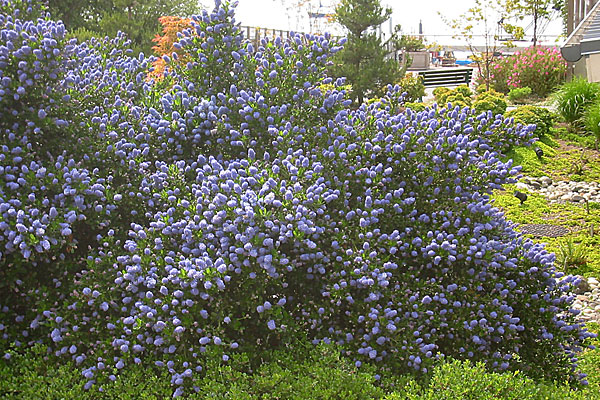
Plants and people share some pretty basic, essential needs. We both need food, water and shelter to survive and thrive. We have the advantage of being able to physically create shelter and go find food and water, but plants are dependent on having the essentials for survival from wherever they are set. It is the gardener’s job to work with the plants to help establish and reach their potential.
As far as the shelter part, just understand a plant will thrive in the right place. Sun exposure, light intensity wind protection etc., are examples. Plants get the majority of their food and water from the soil. Understanding how the soil drains and holds water is basic to a plant surviving. A plant’s food supply is held and processes by the organic matter in the soil. Think of the soil as the food pantry for the plant. Depending on the type of plant and stage of growth, some plants can be voracious eaters!
Ths time of year you may be noticing plants that are showing stress or problems with disease and pest problems. Often, we take our garden for granted, but your shrubs and trees are working outside 24/7 and if the essentials are not available, they will be weak. Feed your plants with compost or a balanced fertilizer. Young plantings are like teenagers with a raging metabolism! Water thoroughly during dry periods. Mulch helps to moderated soil temperature and water holding ability which is becoming more important in this area. Come out the the Nursery to help find the right plant for the right place and get it started!



George, we’re thinking of planting the Cool Blue Ceanothus in the hellstrip where the road borders our property. Does that sound like a good idea? The other option we’ve considered for that strip would be shubby cinquefoil. I had suggested lavender, but my wife only wants to plant natives at this point.
Ceanothus or shrubby cinquefoil are great options for hot, dry spots in the garden. The cinquefoil is certainly more cold tolerant and has a longer bloom time, but the ceanothus boasts variegated evergreen foliage. Native penstemons, sedums, manzanitas, and yarrow are other good alternatives.